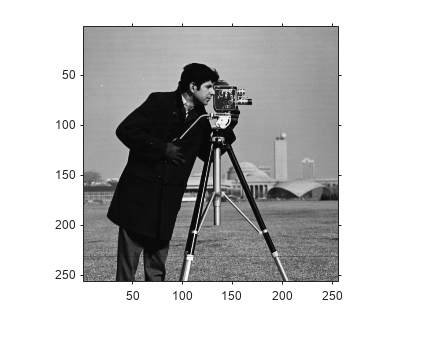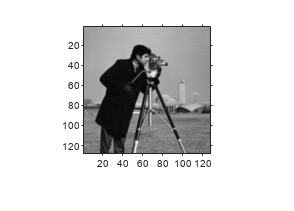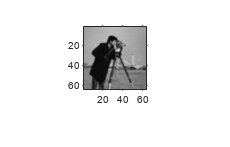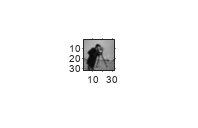impyramid
영상 피라미드 축소 및 확장
설명
예제
입력 인수
출력 인수
알고리즘
A가 m×n이고 direction이 "reduce"이면 B의 크기는 ceil(M/2)×ceil(N/2)입니다. direction이 "expand"이면 B의 크기는 (2*M-1)×(2*N-1)입니다.
축소와 확장은 처음 두 개의 차원에서만 발생합니다. 예를 들어, A가 100×100×3이고 direction이 "reduce"이면 B는 50×50×3입니다.
impyramid는 Burt and Adelson 논문의 533페이지에 명시된 다음 커널을 사용합니다.
, 여기서 입니다. 파라미터 a는 0.375로 설정되어 상응하는 가중치 함수가 가우스 형태에 가깝도록 만듭니다. 또한 고정소수점 연산방식을 사용하여 가중치를 쉽게 적용할 수 있습니다.
참고 문헌
[1] Burt and Adelson, "The Laplacian Pyramid as a Compact Image Code," IEEE Transactions on Communications, Vol. COM-31, no. 4, April 1983, pp. 532-540.
[2] Burt, "Fast Filter Transforms for Image Processing," Computer Graphics and Image Processing, Vol. 16, 1981, pp. 20-51



